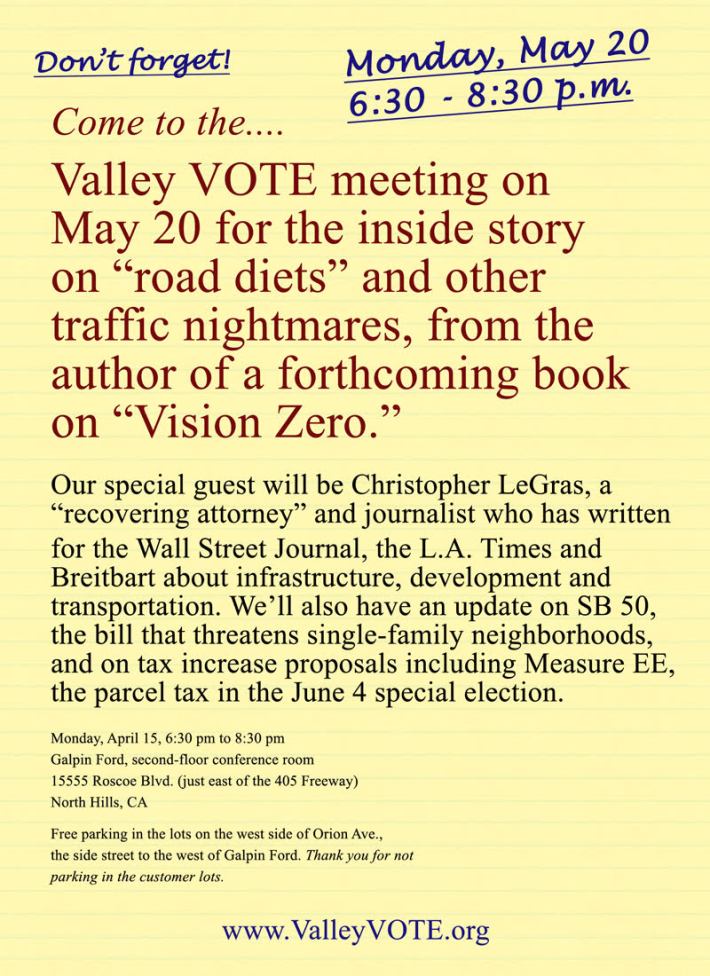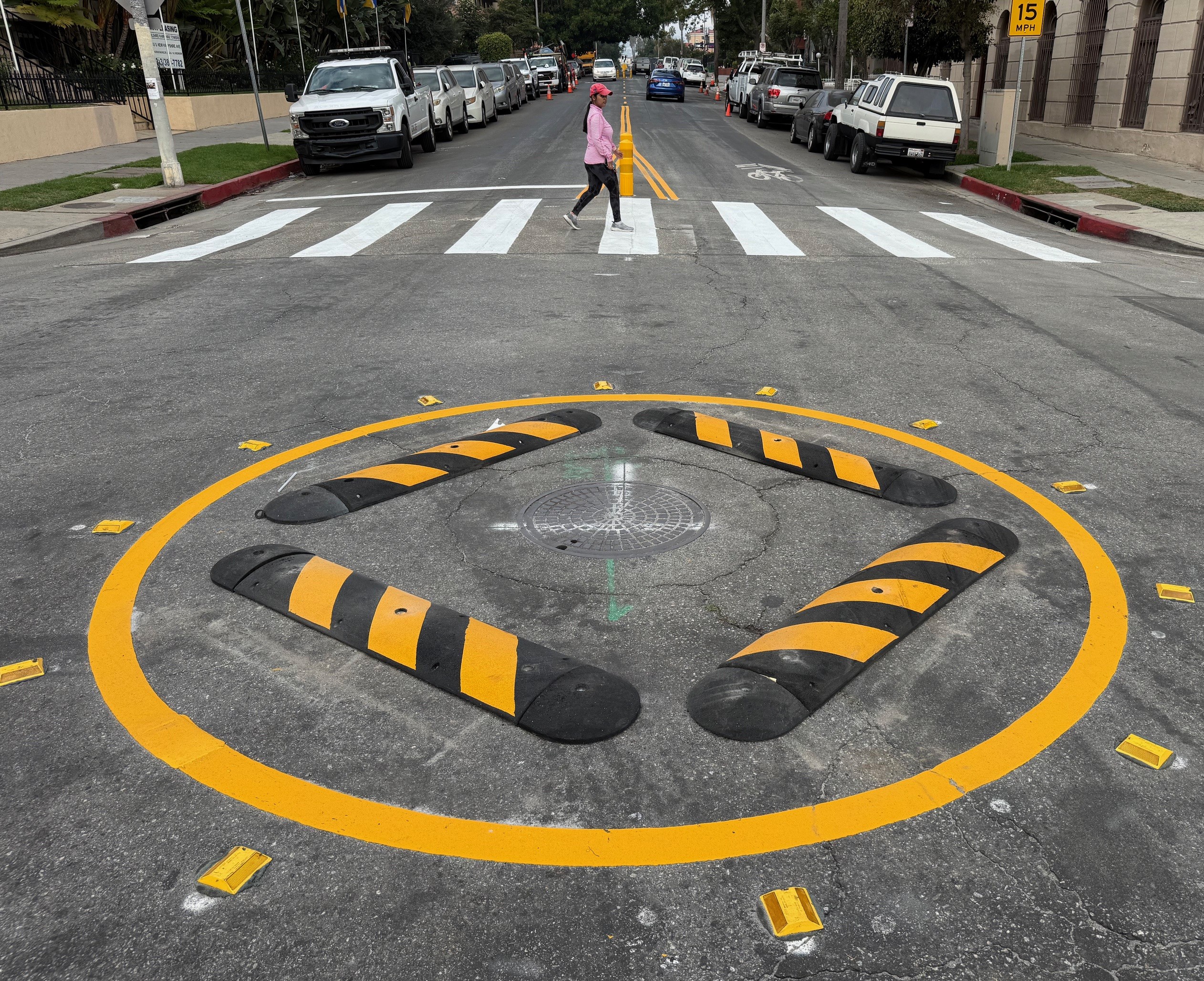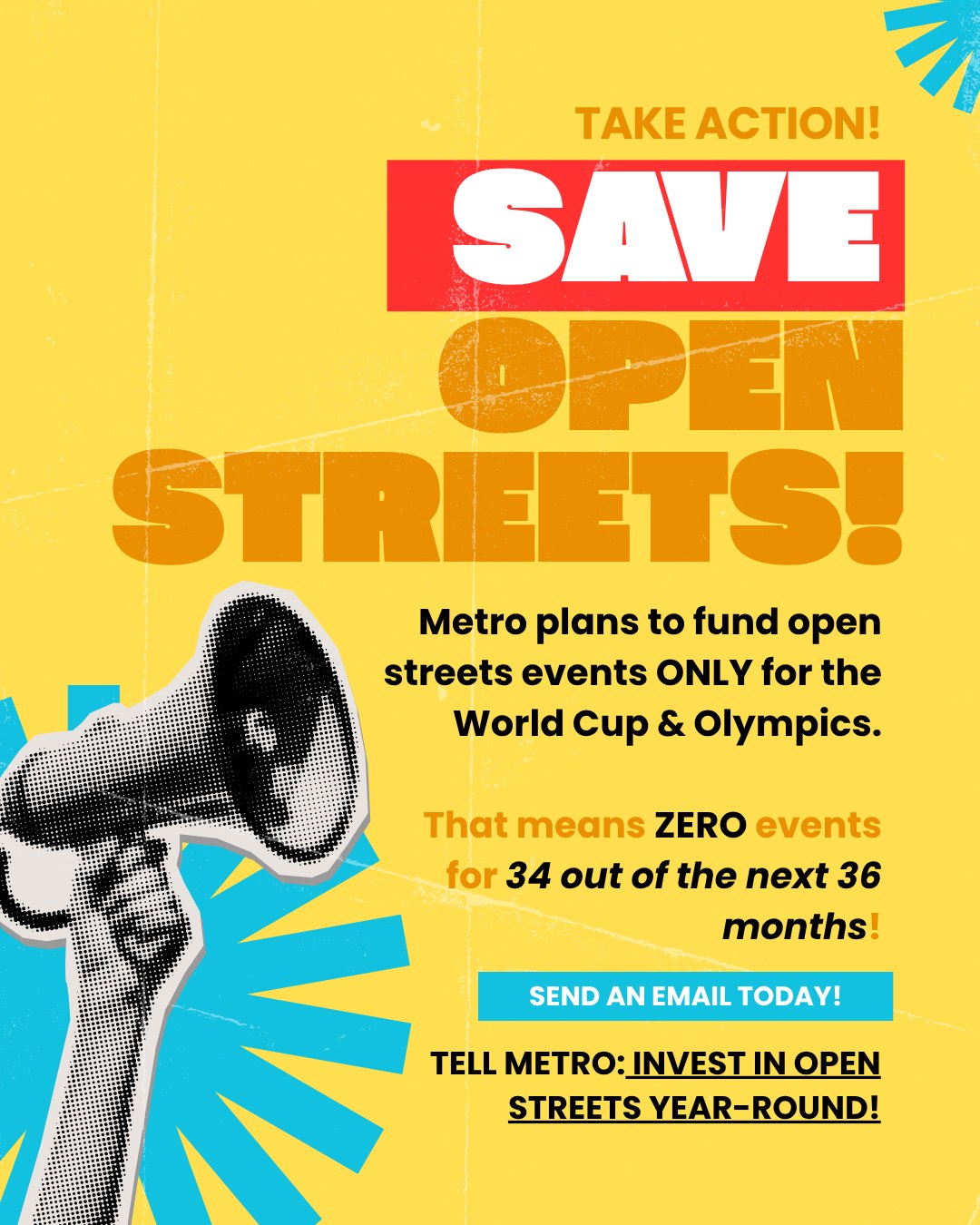There’s nothing quite like listening to a preeminent expert in pediatric injury prevention telling you you’re taking unnecessary risks with your child’s life.
That more or less sums up my conversation yesterday with Dr. Phyllis Agran, who has authored and consulted on many American Academy of Pediatrics (AAP) policies relating to childhood injury and trauma prevention. I was asking her about the AAP’s recommendations on bicycling with kids.
“It’s extremely risky,” Dr. Agran told me. “If you’re hit by a car, there’s a good probability -- if you look at the weight of you, your bicycle and your infant and you look at the weight of a car -- there’s a high probability that you and your child would be killed.”
“It’s basic common sense,” she said. “It’s physics: mass times acceleration.”
While I worked the lump out of my throat, she went on, “I personally would not ride a bike with a child in it on the street. I would be very frightened that someone texting, someone on a cell phone, someone not coming to a full stop, someone distracted, someone cutting into my lane would kill me and my child.”
At the same time, Agran was clear about the risks of driving in a car with infants. She said that although rear-facing infant car seats "are very safe,” even properly restrained infants can die in a car crash "because they’re fragile."
"And you’re getting into biomechanics and shearing forces and all kinds of things that make them more fragile to a mild impact," she said.
Agran said that to underscore how exponentially more dangerous it is to have an infant on a bike. But her comment also highlighted the fact that motor vehicle crashes are the leading cause of death for children, and yet AAP doesn’t even bother telling parents not to drive with their kids. It issues guidance to make an unsafe practice as safe as possible. And yet, it simply dismisses the idea of urban bicycling with small children.
I suppose I could just drive everywhere instead of biking with my 21-month-old daughter Luna. But then I’d be one more car on the road, menacing people making healthier transportation decisions, hastening climate change, spending money I’d rather save for Luna’s education, and making my city less livable. I feel good about showing Luna the world outside of a car. She calls out “wheee!” when we pass the swings at the park and “wow-wow!” when we pass a dog. She’s learning that there are lots of healthier ways to get around than an automobile. Despite the panic I feel listening to Dr. Agran talk about the dangers of cycling with children, I still believe I’m making the right decision.
AAP’s guidance on bicycling boils down to this: Make kids wear a helmet. Ride “in parks, on bike paths, or on quiet streets.” Don’t put a kid under 12 months old on a bike under any circumstance. Bicycle-towed child trailers are safer than bike-mounted seats.
These recommendations don’t make much sense in an urban environment. Helmets, sure. But there’s no park I can ride in to get Luna all the way to daycare. There is a bike lane, but not protected from traffic. And for my money, rear-mounted bike seats are safer than trailers in a high-traffic setting. I didn't find it in any publicly available literature, but Agran sent me some AAP guidance acknowledging that trailers shouldn't be used on the roadway because they "may not be seen by motorists," but their advice for parents biking on the road is just that "if you must carry your child on a bike," put them on a rear bike seat and don't do it until they're a year old -- old enough that their necks can support a bike helmet. I haven't seen any discussion of baby seats that go behind the handlebars.
Urban biking parents don’t get any help from the country’s foremost pediatric organization on issues that pertain to their experience. When I asked Agran if they’d looked into the safety of putting a car seat into a bike trailer, as some parents do with children far younger than 12 months, she said she wasn’t aware that they had. Getting an explanation on AAP’s age minimum requires a lot of digging, and is the subject of a lot of conjecture in the bike community. Though creative parents have come up with myriad ways to mitigate the risk of crashes and excessive vibrations, there’s no one to ask for advice on that. Your average pediatrician doesn’t know much about bikes and your average bike shop employee doesn’t know much about babies.
In Europe, all kinds of innovative baby seats are available that support fragile infants, like the Chariot infant sling that suspends like a hammock inside a bike seat or trailer, letting the child swing delicately instead of absorbing bumps. But notice that even this advertisement -- with the headline, “Chariot Infant Swing for Baby Bike Trailers” -- warns, “not for use while cycling.” Pity the poor parent who has to figure all this out for himself!
Agran herself says that when she put her son -- now 43 years old -- on the back of a bike, she worried about him getting his feet caught in the spokes. “I’m sure [bike seats] are a lot better now and I know they have foot guards to minimize them getting their feet caught in the spokes,” she said. “When I think about it now, that’s all we had available -- god, I wouldn’t do that nowadays.”
AAP has, to their credit, issued guidance on the built environment, recommending changes to create streets that are “conducive to more walking and biking among children.” In an effort to reduce rates of childhood obesity, the organization encourages “environment modification that addresses risks associated with automobile traffic.”
That includes compact, mixed-use development and street grids that promote connectivity. They recommend street design interventions to calm traffic and create space for pedestrians. But the organization hasn’t come out explicitly in support of things like protected bike lanes and other infrastructure that makes healthy, non-motorized transportation a safe option for young people.
Agran said they encourage infill school siting where most kids can walk to school without crossing major streets. They also encourage health professionals to serve as role models in their community, using public transportation and non-motorized modes to reduce air pollution, which is a health hazard to children.
And AAP supports Safe Routes to School, though most of their guidance on school transportation safety focuses on school buses and driving with parents. Perhaps it's because they're very wary of the idea of kids walking or biking without adult supervision. AAP recommends that kids not walk alone until the age of 10. Dr. Agran emphasizes that there are about 20 steps involved with learning just to cross the street safely and biking adds another skill set on top of that. “Can they pay attention to everything, and at what age and what kind of streets are these, are these large arterials, are they small streets, how fast is the traffic going?”
Agran says in her community of Orange, California, at least, more kids are killed on bikes than in cars. “I don’t even remember the last time a child was killed in a car crash, whereas we’ve had a number of bicyclists,” she said. Nationally, between 1999 and 2010, 37,410 children 19 and under were killed in car crashes, compared to 1,710 killed on bicycles.
“Get the cars off the street!” Agran said toward the end of our conversation. “Get everybody to walk to school, get traffic-free streets -- they’ve done that in some communities, ‘no cars on this street.’”
Now there’s a solution I can get behind.









